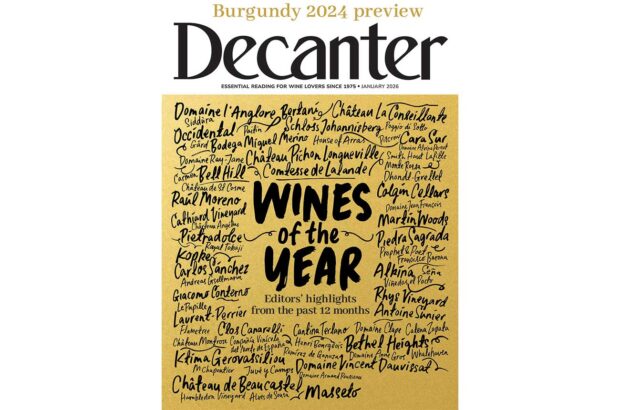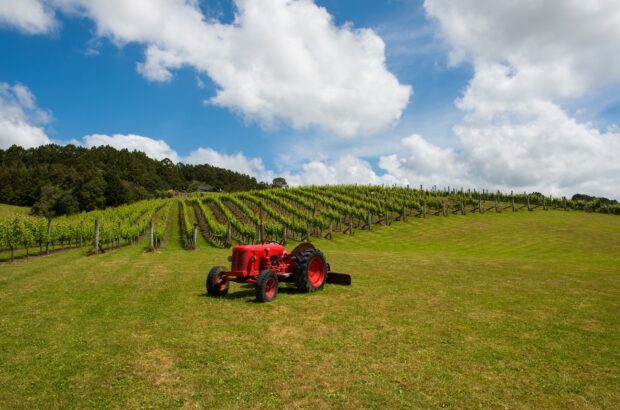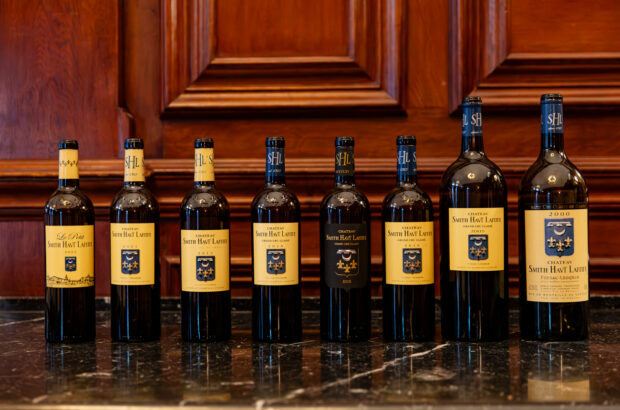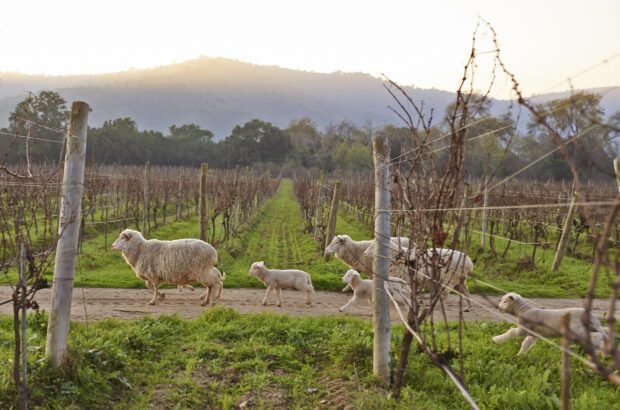Alder Yarrow: Why food & wine pairing is a load of bunk
Thinking about, talking about, writing about, and – God help us – actually attempting food and wine pairing is the single greatest waste of time and energy in the entire world of wine.
Across the hundreds of books, the thousands (millions?) of iPhone apps, through countless wine festival seminars and in the ceaselessly contrived pairing menus still haunting white-tablecloth restaurants like revenants of a bygone era, I ask you – what have we actually accomplished? Other than eroding the confidence of the average wine drinker by implying they’re either doing it wrong or missing out on some mythical 1+1=3 epiphany, denied them by their inexperience or lack of attunement to an obscure, ethereal art?
I call bullshit.
The so-called rules of food and wine pairing are, at best, junk science – vestigial dogma from a stiffer, starchier age, when self-appointed gatekeepers told us what to drink and delivered categorical diktats on what went with what, and what did not.
By all means, drink wine with your food. Choose something you think you’ll enjoy with whatever’s on your plate. It’s one of the finest pleasures ever invented by humanity. But don’t waste a single synapse fretting over whether you’ve made the ‘right’ match, or worse, whether you’ve violated some sacred pairing commandment. Explore. Mix. Match. Clash, even. Figure out what you like. Ignore the so-called experts bleating about correctness and sublime combinations.
Sure, that’s just one more loudmouthed opinion from a so-called wine expert. But I’ve brought receipts.
Modern research has shown that the saliva in your mouth – yes, your spit – unlocks a unique pattern of aroma compounds that is statistically different to what someone else’s saliva will produce. That’s right: science has definitively proven that we all taste the same wine differently.
Now throw in personal preferences, lived experiences, what you’ve already eaten that day, your mood, how well you slept, the ambient lighting, who you’re drinking with and, yes, even the music playing (science says that affects wine perception, too), and the idea that anyone could declare how a wine will taste to someone else – let alone how it will taste alongside a forkful of flavours and whether they’ll actually enjoy it – is laughably absurd.
In an era when we should be doing all we can to get more people drinking more wine, the last thing we need is to make anyone feel like they’re doing it wrong. And yet, that’s precisely what all these rules, guidebooks, tips and tricks do. They alienate. They overcomplicate. They turn dinner into homework. Everyone would be better off simply drinking what they like with what they eat.
The august Sir Francis Percival, in his Gentleman’s Cellar Companion (1878), declared: ‘A man who would serve claret with fish is either a rogue or a fool.’ Frankly, the wine world could use a lot more rogues and a lot fewer Sir Francis Percivals.
Fiona Beckett: Why food & wine pairing matters
Every so often, some wine writer – and it generally is a wine writer – will look up from their tasting notes and have a pop at food and wine pairing. At best it’s a frightful bore, at worst, ‘pernicious, pretentious, and preposterous’, as my colleague Alder would have it (in Vinography, 2020). Critics of pairing get curiously worked up about it. Maybe we should call it ‘pairing rage’.
I appreciate that, as a Decanter reader, you may well be less interested in food than wine. Fair enough, but think of your family members and friends who like spending time in the kitchen. My guess is, if they’re anything like mine, they’re not confident about wine and appreciate a few suggestions of what might go with the dish they’ve painstakingly cooked.
Suggestions, note. The big – and yes, pernicious – myth is that those of us who enjoy matching wine and food, and want others to enjoy it, too, are being prescriptive. That we want to impose rules. That there is only one ‘correct’ match. Which is manifestly not the case any more than that there is a single way of making a recipe that you absolutely have to follow. If you disagree with a cookery writer’s take on a dish, you don’t argue all recipes are pointless. You just choose someone else’s version with whom your taste is more in accord.
I also struggle to understand why, if a particular wine is important to you, you would be content to serve it with something that wouldn’t show it at its best. It would be a ‘why bother?’ attitude you almost certainly wouldn’t bring to wine. Would any wine lover say: ‘Why stress about finding a good wine when anything red, alcoholic and thirst-quenching will do?’ Almost certainly not.
The argument often gets swept up in a general disdain for sommeliers and tasting menus with matching wines for each course. You know, you don’t have to eat or drink like that if it’s not your thing. It’s not always mine, but I generally enjoy such menus because I learn something – for instance that sake might be a more enjoyable pairing than a Sauvignon Blanc, or that orange wine might work better with the flavours on the plate than a full-bodied red. But drink one wine throughout the meal if you prefer. It’s generally cheaper for a start. Or go to a more casual restaurant. No one’s forcing you into fine dining.
The main thing that appeals to me about food and wine pairing, though, is that it’s a way for people to ‘own’ wine. They don’t have to possess a lot of knowledge in order to pour a bottle that they’ve been recommended with a particular dish that blows away their guests. They can just sit back and take the credit. Why knock anything that gives people pleasure? Or that should be – generally is – a lot of fun?
As Eric Asimov put it in an article in The New York Times in 2020: ‘Sometimes you make magic. Sometimes you just have food and wine. In the end, is anything wrong with that?’











